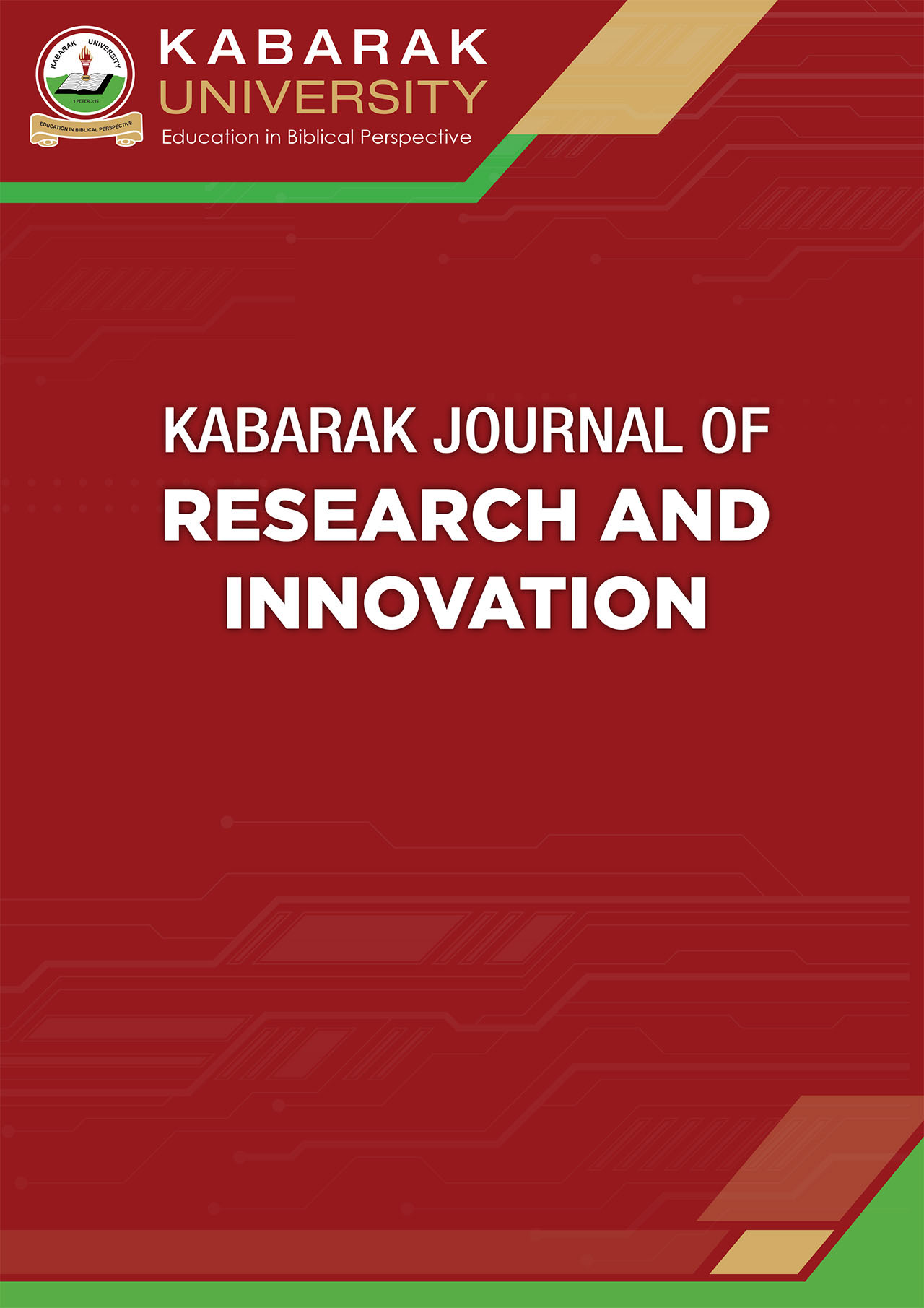Influence of Adaptive Leadership Safe Environment dimension on Organizational Performance in Kenya’s Insurance Companies
DOI:
https://doi.org/10.58216/kjri.v13i3.358Abstract
The specific objective of the study was to examine the extent to which a safe environment as a dimension of adaptive leadership influences organizational performance. The study was guided by the Adaptive Leadership theory. The positivism philosophy and descriptive research design was adopted for this study. The population consisted of 311 senior and middle-level managers from 56 licensed insurance companies in Kenya. A census survey was used and primary data was collected using a structured questionnaire in this study. Descriptive statistics used in the analysis included the mean and standard deviation while inferential statistics included the Chi-square test, Analysis of Variance (ANOVA) correlation analysis, and multiple regression analysis. The study found a positive and significant correlation between a safe environment and organizational performance. The study found that a safe environment significantly predicted organizational performance, β = 0.698, t (239) = 9.784, p < .001 hence, the null hypothesis was rejected. The study concluded that a safe environment has a significant influence on organizational performance. The study, therefore, recommends that leaders should create safe environments to enhance organizational performance.
Downloads
Downloads
Published
How to Cite
Issue
Section
License

This work is licensed under a Creative Commons Attribution 4.0 International License.
The Kabarak Journal of Research and Innovation (KJRI) provides immediate open access to all its published content. This is in line with our commitment to making research freely available to the public, supporting a greater global exchange of knowledge.
All articles are published under the Creative Commons Attribution 4.0 International License (CC BY 4.0). This license permits unrestricted use, distribution, and reproduction in any medium, provided the original author and source are properly credited.
Readers are free to read, download, copy, distribute, print, search, or link to the full texts of articles without asking prior permission from the publisher or the author.


